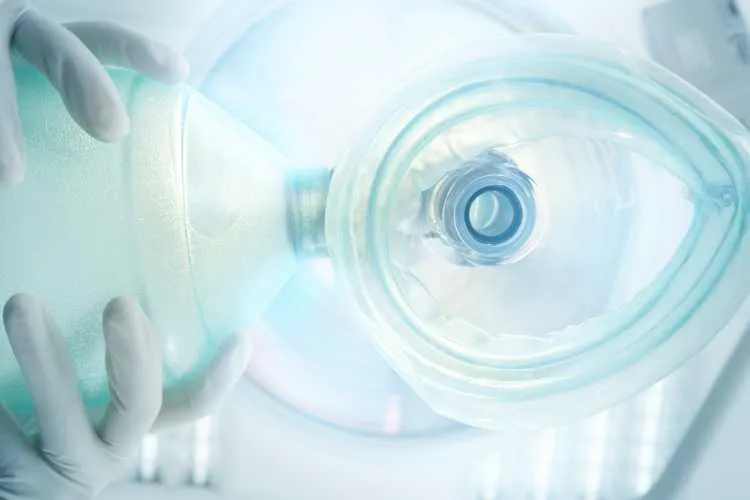

DENTAL HEALTH ARTICLES

The Origins of Anesthesia
After dental procedures, I’m often asked by patients who are gratefully numb, “What did people do before anesthesia?” Can you imagine having a tooth drilled or pulled without anesthetic? I’m sure the process was brutal! Fortunately for our ancestors, their diet was more organic with less processed sugar. They didn’t deal with the dental disease that our population struggles with today, when the only disease more common than dental decay is the common cold.
In the 1840s, dentistry began to change when a medical student named Gardner Colton was demonstrating the intoxicating effects of nitrous oxide (laughing gas) at a carnival. Horace Wells, a local dentist, attended a show and noticed that one of the participants had injured himself but was not aware of his injury. The next day, Wells invited Colton to his office, where he had an assistant pull a tooth while he was under the influence of the gas. Thus, modern anesthesia was born.
Later, a dental student of Wells’s by the name of William Morton experimented with ether and performed a successful sedation for a surgery at Harvard Medical School. Suddenly, the survival rates of surgeries increased dramatically. However, infection control was not well understood at that time, and many died from infection in the weeks following surgery.
Today, analgesic and sedative medicine is safe and effective. Dental patients can have any surgical or restorative procedure performed in relative comfort and can even be sedated right in the dental office. Imagine walking into an office, taking a nice nap, and waking up after all the work has been completed. It sure beats drinking a shot of whiskey and then being held down!
Local anesthetics didn’t come on the scene until decades after general anesthetic. In the 1880s, cocaine was used both topically and by injection, but doctors quickly saw the need to create synthetics which blocked nerve transmission without the euphoric and addictive effects of cocaine. Now we have at our disposal a variety of hypoallergenic agents. Some have a rapid onset and short duration; others take longer to kick in but last for hours. We’re able to customize our anesthetics to each patient and procedure.
With all these medicines at our disposal, our ability to provide comfortable dental treatment has never been better. Don’t let fear of pain keep you away from the dentist. A healthy mouth is a critical part of a healthy body, and conscientious dentists are dedicated to providing a positive, pain-free visit for every patient.
Plumb Dental offers general dentistry for the entire family, including preventative care, root canals, implant restoration, cosmetic work—even whole smile makeovers. To schedule an appointment, call (435) 673-9606 or visit our website at plumbdental.com.

